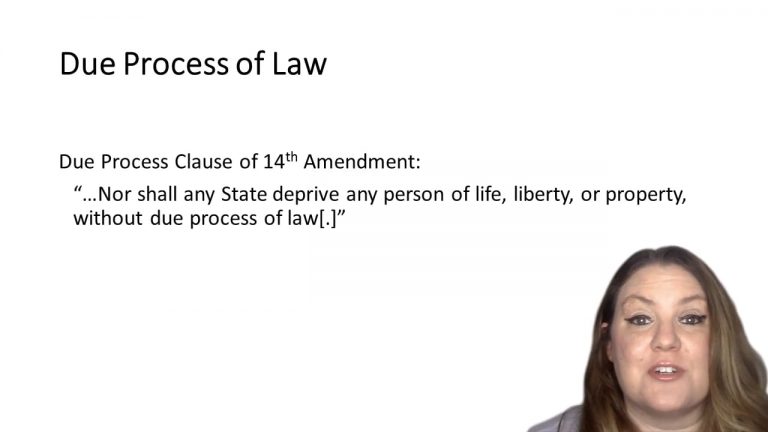SmartBrief
Confirm favorite deletion?
Criminal Law Keyed to Gershowitz
Papachristou v. City of Jacksonville
Citation:
405 U.S. 156, 92 S. Ct. 839, 31 L. Ed. 2d 110.Facts
The defendants, Margaret Papachristou, Betty Calloway, Eugene Eddie Melton, Leonard Johnson, Jimmy Lee Smith, Milton Henry, Henry Edward Heath, Thomas Owen Campbell, and Hugh Brown were all convicted of violating a Jacksonville ordinance.
Papachristou, Calloway, Melton and Johnson were arrested when the four of them were riding in Calloway’s car on the main thoroughfare in Jacksonville. Two were white females and two were black males. The arresting officers denied that the racial mixture in the car played any part in the decision to make the arrest. The arrest, they said, was made because the defendants had stopped near a used-car lot which had been broken into several times. There was no evidence of any breaking and entering on the night in question.
Jimmy Lee Smith and Milton Henry (who did not appeal) were arrested between 9 and 10 a. m. on a weekday in downtown Jacksonville, while waiting for a friend who was to lend them a car so they could apply for a job at a produce company. They went briefly into a dry cleaning shop to wait, but left when requested to do so. The store owners, who apparently were wary of Smith and his companion, summoned two police officers who searched the men and found neither had a weapon. But they were arrested because the officers said they had no identification and because the officers did not believe their story.
Heath and a codefendant were arrested for loitering. Campbell was arrested as he reached his home very early one morning and was arrested by officers because he was traveling at a high rate of speed, yet no speeding charge was placed against him. Brown was arrested when he was observed leaving a downtown Jacksonville hotel by a police officer seated in a cruiser. The police testified he was reputed to be a thief, narcotics pusher, and generally opprobrious character. The officer called Brown over to the car, intending at that time to arrest him unless he had a good explanation for being on the street.
Their convictions were affirmed by the Florida Circuit Court in a consolidated appeal. They appealed, and are now in the Supreme Court of the United States.
Only StudyBuddy Pro offers the complete Case Brief Anatomy*
Access the most important case brief elements for optimal case understanding.
*Case Brief Anatomy includes: Brief Prologue, Complete Case Brief, Brief Epilogue
- The Brief Prologue provides necessary case brief introductory information and includes:
Topic:
Identifies the topic of law and where this case fits within your course outline.Parties:
Identifies the cast of characters involved in the case.Procedural Posture & History:
Shares the case history with how lower courts have ruled on the matter.Case Key Terms, Acts, Doctrines, etc.:
A case specific Legal Term Dictionary.Case Doctrines, Acts, Statutes, Amendments and Treatises:
Identifies and Defines Legal Authority used in this case.
- The Case Brief is the complete case summarized and authored in the traditional Law School I.R.A.C. format. The Pro case brief includes:
Brief Facts:
A Synopsis of the Facts of the case.Rule of Law:
Identifies the Legal Principle the Court used in deciding the case.Facts:
What are the factual circumstances that gave rise to the civil or criminal case? What is the relationship of the Parties that are involved in the case.Issue(s):
Lists the Questions of Law that are raised by the Facts of the case.Holding:
Shares the Court's answer to the legal questions raised in the issue.Concurring / Dissenting Opinions:
Includes valuable concurring or dissenting opinions and their key points.Reasoning and Analysis:
Identifies the chain of argument(s) which led the judges to rule as they did.
- The Brief Prologue closes the case brief with important forward-looking discussion and includes:
Policy:
Identifies the Policy if any that has been established by the case.Court Direction:
Shares where the Court went from here for this case.

 2m 6s
2m 6s